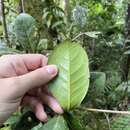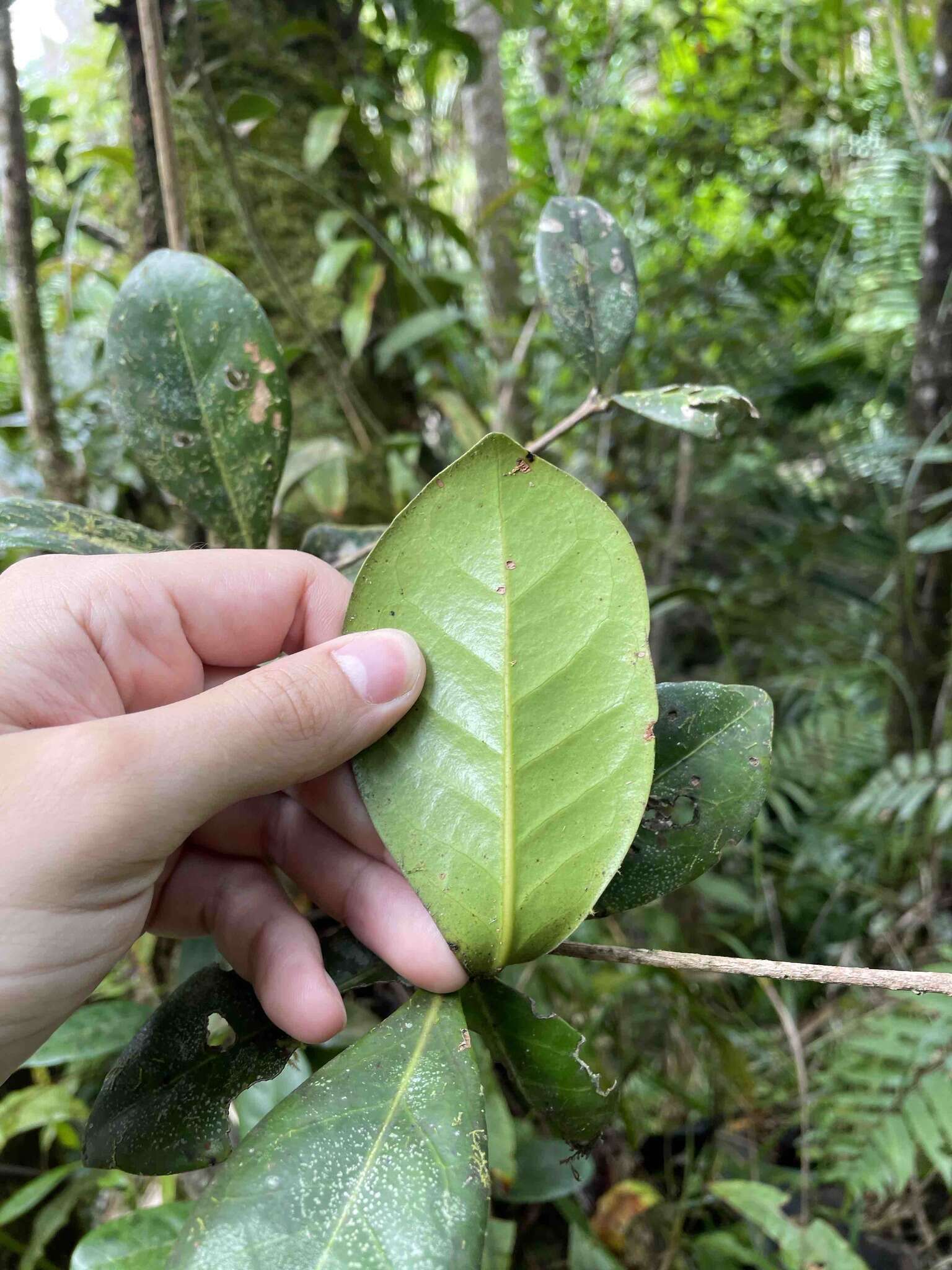en
names in breadcrumbs



Ocotea spathulata (Nemoca Cimarrona) is a species of shrub in the family Lauraceae. They are native to Puerto Rico. They have yellow flowers. Individuals can grow to 65 feet.
EOL has data for 41 attributes, including: